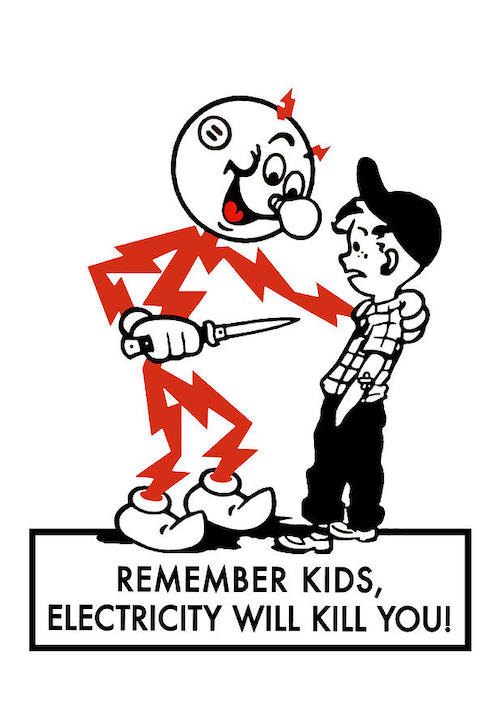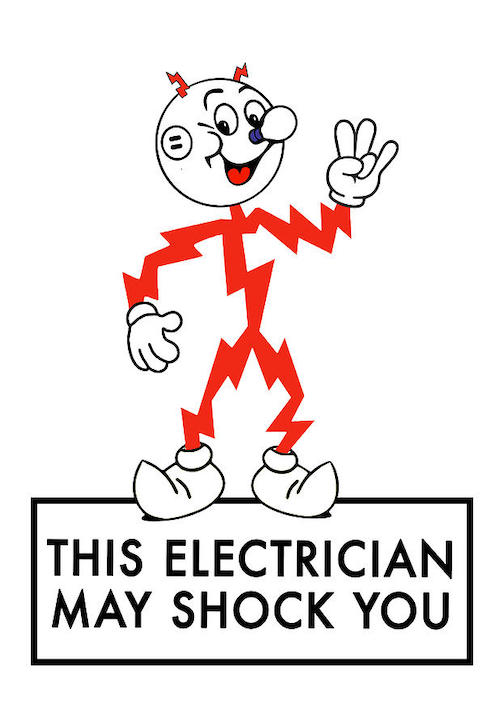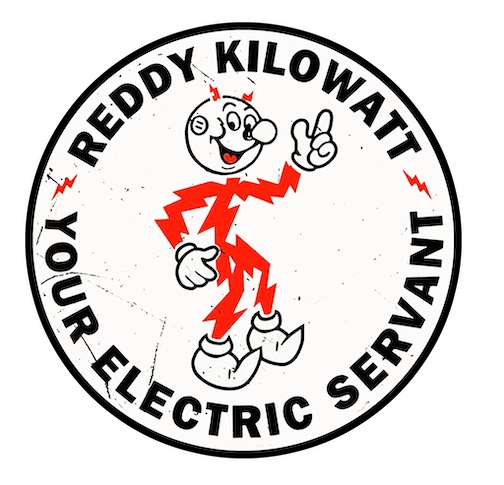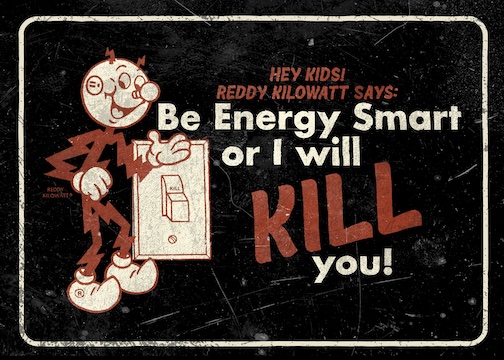An extra charge isn’t something you want buying things or screwing around with electricity.
With power one thing can lead to another and you may find yourself twitching out on a garage floor.
What I’m telling you is to check to make sure the power is off before switching an outlet, then check again.
Check one last time.
Or else? Or else what.
How many of you smart guys out there have changed an outlet without turning off the power?
I’m one guilty party here and I got away with it minus the potential for shock.
Was it a smart move?
I had a neighbor who switched his breaker box without turning off the power to his house.
He was a contractor who could do anything. And then some.
But not all contractors are created equal.
One guy accidentally wired a 110 outlet by connecting to an oven 220.
Before the house had a chance to burn down, I discovered the problem without frying anything plugged in.
It was a stroke of luck, but who depends on a stroke of luck doing electrical things like switching out a dryer outlet?
Check The Power, Check Again, Then One More Time
A young couple moved into a rental and bought a new washer and dryer.
The dryer plug was three pronged with one of an ‘L’ shape.
A range plug is three pronged also, but all straight.
In older houses the plugs are the same.
The request to the landlord was to change the outlet instead of changing the pigtail plug.
They got together on the outlet.
The two of them got started on the switch out.
First, stick two prongs of a power detector into the existing outlet.
If it lights up there’s power; no light means no power.
There was no light the first time, but why would the be power off when the breaker switch says it’s on?
Checking again, this time moving the prongs of the tester around, the light went on.
Switch off the breaker and test again for power.
No light? Start unscrewing the old outlet.
If it’s old enough the screws that tighten down on the wires are under a piece of circular steel with three holes that rotate over the screw heads.
Unscrew them to release the wires, then check once more for power.
Lots of checking. Does it sound like too much to worry about?
Not when you discover the wires are still hot and you switched off the wrong breaker.
Hey, it happens. It could happen to you, me, anyone. So check at each stage.
Instead of getting the living shit shocked out of them, they checked, the lights lit, and they found the correct breaker in the box and switched it off.
After that it was a reverse process of pushing the wires into the new outlet in the same configuration as the old outlet and screwing them down, then fastening it back on the outlet box.
No Extra Charge For DIYers
Baby Boomers know everything.
If you doubt it, just ask one.
However, some are more cautious than others.
The extra charge from changing a dryer plug outlet comes from hiring a professional electrician.
That’s $100 for getting in their truck plus parts and labor.
The part, the outlet plug, was under ten dollars from Ace.
If they have a minimum labor charge per hour, add another $100.
I’ll do the math: $208.
That’s for starters.
If you meet up with a boomer who poo poos turning off the power before unscrewing a 220, step away.
They may get lucky, or they may get that extra charge and you’ll be doing CPR on them in no time.
If you’ve ever been a first responder and pulled up to an emergency situation with an unconscious person surrounded by family, friends, or fellow workers, it’s a harrowing experience.
So check to bed sure the power is off, then check each step of the way.
No one wants to hear, “We thought it was off,” at your funeral.






